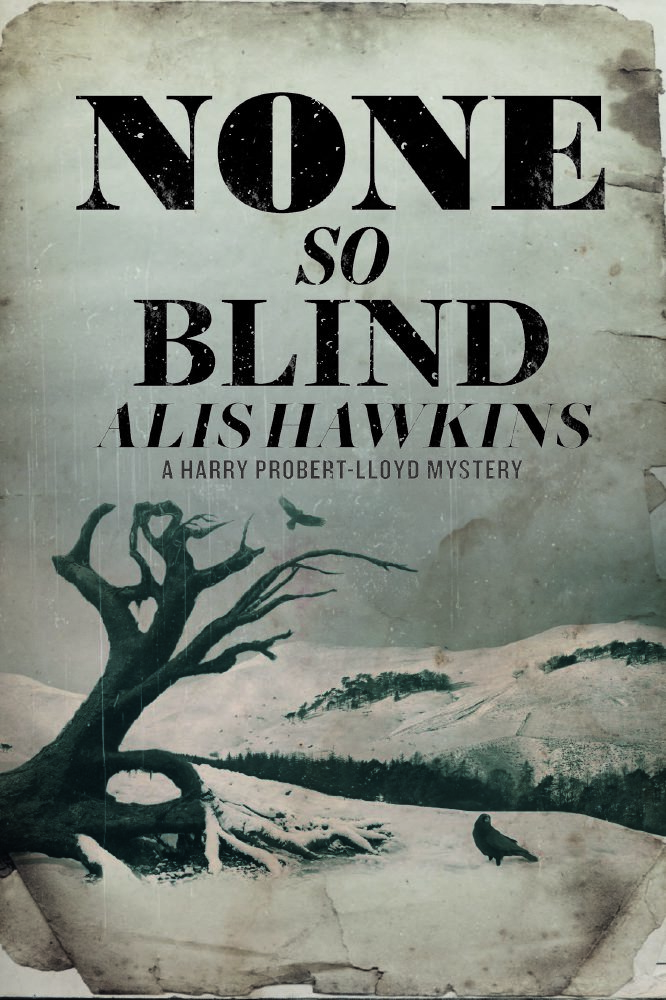Alis Hawkins recalls a recent conversation upon the release of her new book None So Blind.

Alis Hawkins
Recently, I had a conversation that went something like this:
So your new crime novel’s set in Cardiganshire – going for the Hinterland vibe?
No, None So Blind’s set in the 1850s.
Ah, so less Richard Harrington, more Matthew Macfadyen?
Forget Ripper Street. This is Cardiganshire.
Gotcha. No filthy slums.
Well, no Oliver Twist-style rookeries, definitely. But plenty of dwellings we wouldn’t consider fit for human habitation.
Such as?
The poorest cottages had just one room, bracken or gorse for thatch, a bare earth floor and no proper windows, just a shutter over a hole in the wall.
Grim. Speaking of holes, I suppose the toilet was a hole in the ground?
Not even. No toilet inside or outside. There were plenty of fields…
Too right. But it was worse in London. There were no public toilets in the city until 1851. Churchyards were often used as unofficial conveniences – gravestones were handy to hide behind while you… you know.
Too much information! Back to the novel. With all that strict chapel morality, I’m guessing not many crimes of passion, right? Bet young people weren’t even allowed to be alone together in the same room?
They were, actually – and in bed! In West Wales there was a custom called bundling. Young men and women would spend the night together, with their parents permission.
Shut. Up.
There was a catch - they had to stay fully clothed. Arranged marriages weren’t a thing and young people had to get to know each other somehow. For people who worked from dawn til dusk, seven days a week, that meant after dark. Mostly, temptation was avoided by putting pillows between the couple. But some parents were less trusting and sewed the girl into her underclothes!
While we’re on the subject of being fully dressed, I’ve heard there was quite a bit of clandestine cross-dressing in Victorian London. They didn’t have that in Cardiganshire, right?
You’d think, wouldn’t you? And, no, generally transvestism wasn’t a thing in the countryside. They left that to London and the Molly Boys. But, in 1840s Cardiganshire, men were cross-dressing for other reasons. During the Rebecca Riots men dressed in women’s clothes, blacked their faces and gathered in their hundreds at night.
What on earth for?
Mostly to destroy tollgates. And, in None So Blind, a few other things. But their cross-dressing wasn’t just a disguise – it was part of a centuries-old tradition of mob justice where men and women went out after dark in a kind of sinister carnival known as the ceffyl pren – the wooden horse.
Sinister? Surely the countryside had nothing on a par with Jack the Ripper?
Not that we know of. But then, people were literally getting away with murder in the countryside in those days.
How?
No detectives, no forensics, cost-cutting authorities keeping the number of inquests down-
Keeping costs down? Nothing changes, does it?
And one last reason they were getting away with murder: the countryside’s big. Great for hiding bodies.


